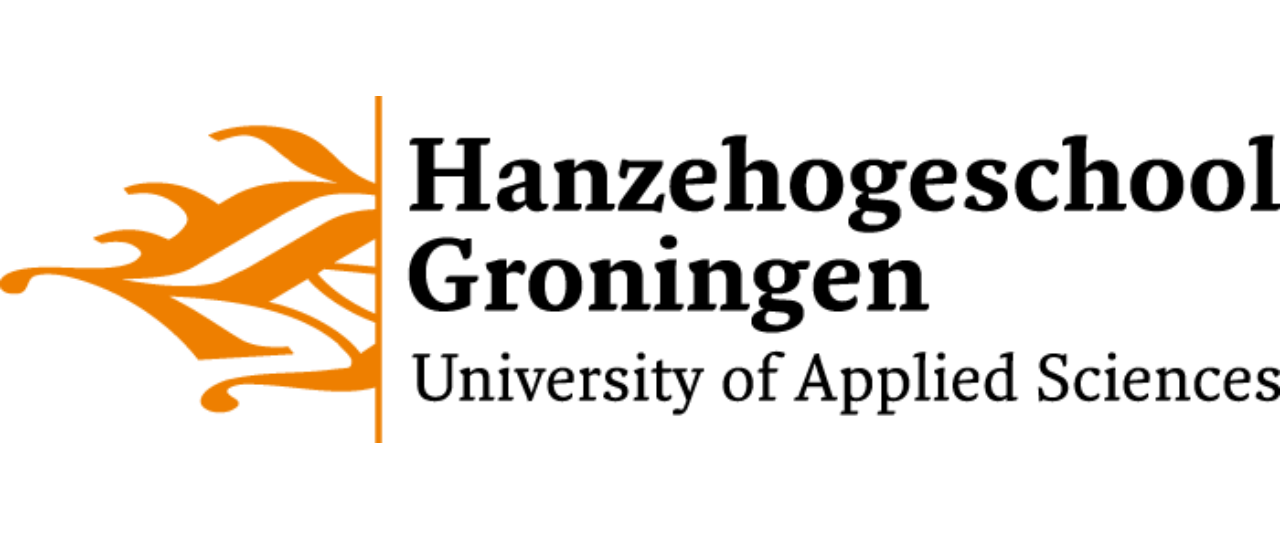ITANN course: Introduction to Python Programming#
This course is an introduction to Python programming for data science. Python is a very versatile programming language that is used in many domains; simple scripting, web applications, desktop GUI applications, data processing pipelines, scientific computing.
This course focuses on Python programming for data science, with emphasis on literate programming: programming in a Notebook context. The learning outcomes of this course are in line with these:
Learning goals#
After succesfully attending the course, learners will be able to write basic Python code dedicated to data science challenges.
In more detail, after attending this course, students will
use correct data structures and syntax elements for a given purpose:
data types (scalars, list, dict, set)
flow control elements (if/else, for)
functions
understand the object-oriented nature of Python
run, edit and write Jupyter notebooks
read and apply Python documentation using the help() function or online resources
deal with a data analysis project in a logical and structured manner (formulate problem, reformulate in separate steps, rewrite in pseudocode, translate to Python)
analyse and solve bugs and errors in their own code
read data from, and write data to file using Pythons built-in functionality
create simple list comprehensions used for generating, filtering and processing collections
Besides these goals, students can choose to challenge themselves with these optional outcomes:
creating and using modules
being able to design, implement and use simple data classes
being able to define and use regular expressions
Program#
Day 1#
Morning
Course intro: Python, (Ana)conda, suggested toolbox
Wishes and expectations
Jupyter & Markdown
Practice: write an small blog on your favorite topic
Demo application
Python as calculator: scalars and operators
Practice: 12.2.1 & 12.2.2.
Operator precedence
Practice: 12.2.3 & 12.2.4.
Afternoon
Datatypes
Practice: 12.3.1
Slicing
Practice: 12.3.3 & 12.3.4 & 12.3.5.
Flow control
Practice: 12.4.1. & 12.4.3.
Day 2#
Morning
Review of previous topics
Functions
Practice: 12.5.2.
Comments: how and when
Practice: Comment 12.5.2.
File I/O
Practice: 12.6.1.
Afternoon
Standard library functions
Practice: 12.7.1-3
Sorting
Practice: 12.7.4.
Script design & error handling
As a group: 12.5.1. (12.4.4)
Learn how to program with one of the programming challenges, i.e. hangman, sudoku, sea battle (“zeeslag”) against the computer
Choose bigger project from 12.12.1-4
Day 3#
Morning
Review of previous topics
Python standard modules
List comprehensions
[Optional] OOP
[Optional] regular expressions
[Optional] writing and using modules
discussion of challenges
Afternoon
Leftovers
Evaluation of module
Guest lecture
